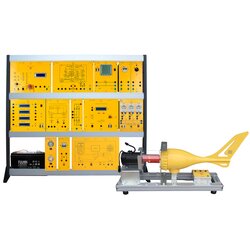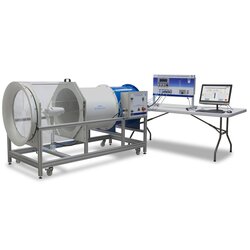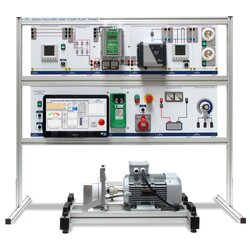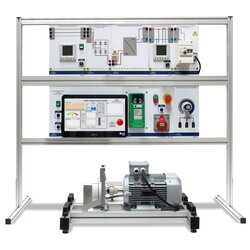Advanced Wind Energy Trainer With Simulator (EOL 25 TP10C)
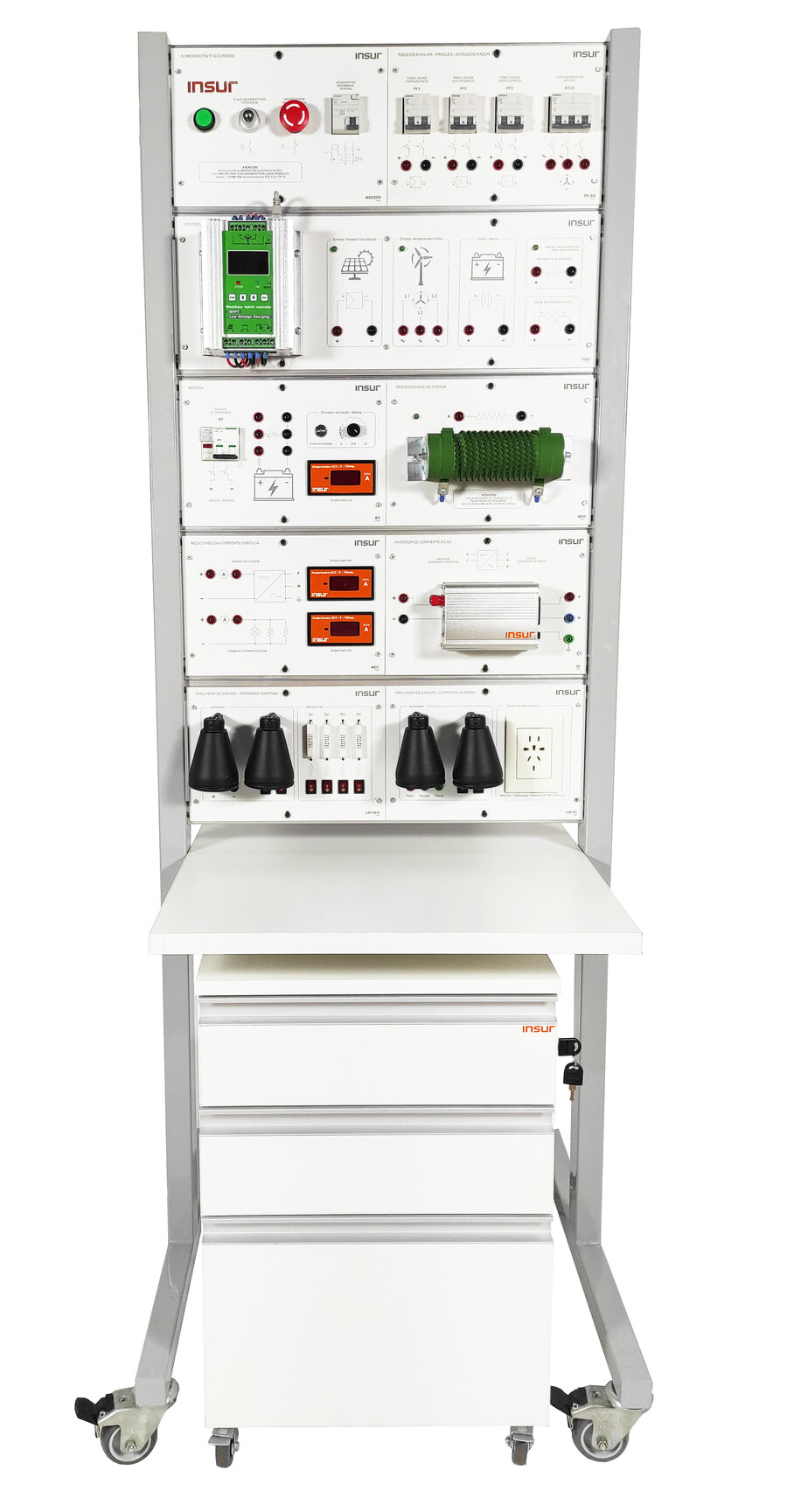

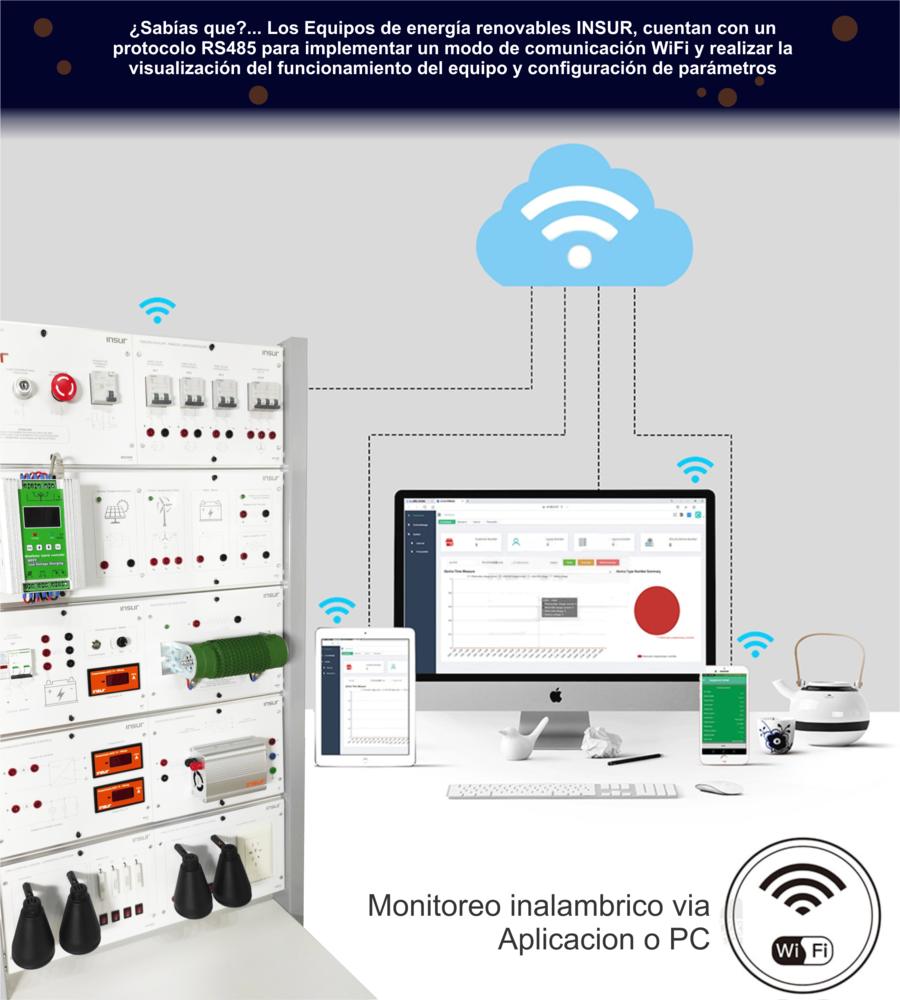
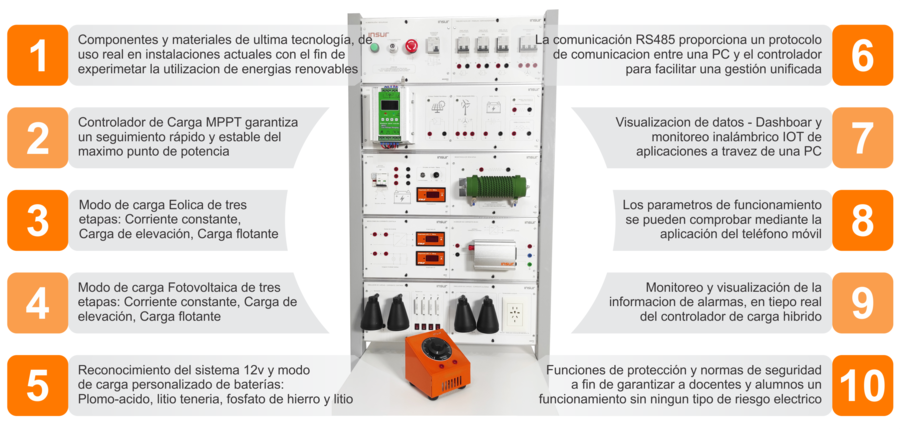
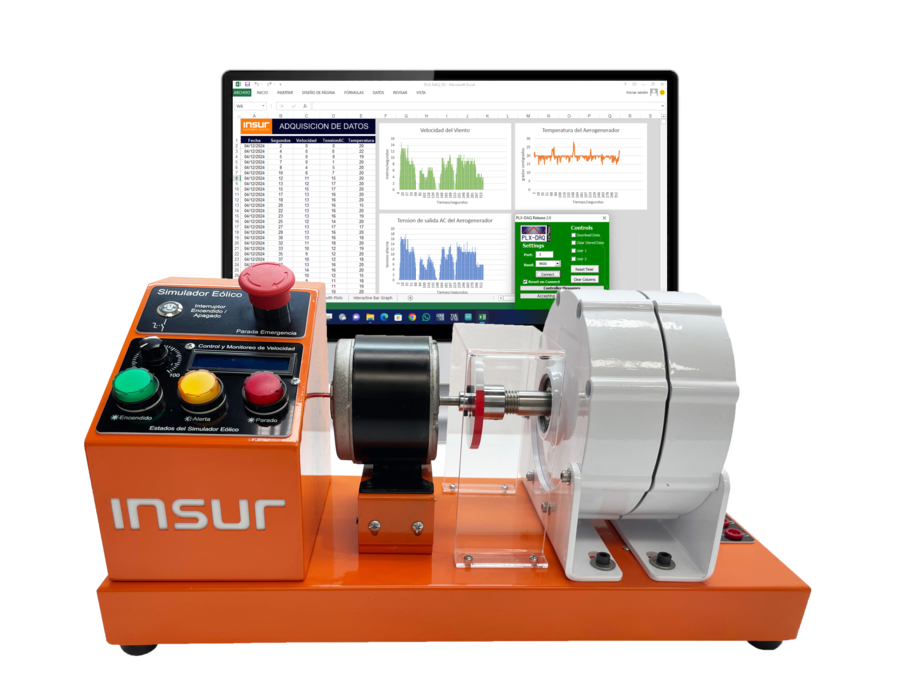


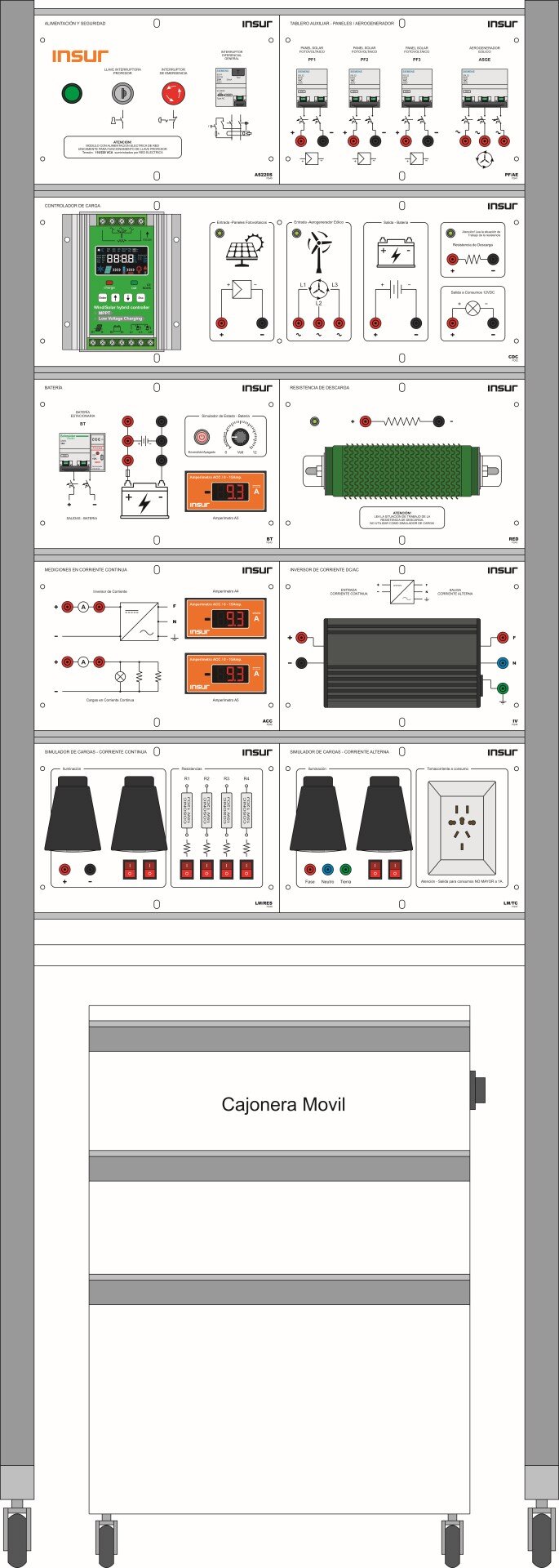

PL-350773
General description This Didactic equipment provides students with theoretical-practical learning, fundamental concepts and experimentation, on the use of renewable or alternative energies, oriented to the generation of electricity by effects of the wind. Promote and disseminate the use of these clean energies in order to help and collaborate with ecology and care for the environment. It includes the assembly of circuits with the different protection elements, storage devices and consumption of electrical energy for various applications. The equipment has state-of-the-art components and materials, for real use in the industry and current innovations. The practical works include the connection and the experimentation of assembly circuits, in order to understand the generation of electrical energy through wind-driven wind turbines. It allows all the necessary steps of a wind installation to be carried out, taking into account current regulations, protections and safety standards, in order to guarantee teachers and students an operation without any type of risk. Applications The EOL line equipment may be used for the training and training of teachers, students of technical schools, professional training centers, tertiary technical institutes, who wish to experiment and acquire practice in the area of wind energy. The effect of the wind develops the direct transformation of kinetic and mechanical energy into electrical energy by means of wind turbines. Its use is intended for educational use only, not foreseeing the generation of electrical power for production or feeding of consumer loads, beyond those provided for experimental use and measurement in the equipment. The boards allow the teacher the great ease of transmitting this knowledge and a dynamic fluidity in learning towards the students. The devices that make up this equipment are of real operation according to those used in industry and services. The equipment in all its structure and operation is objective towards a specifically didactic and pedagogical criterion that facilitates the understanding and comprehension of the student. It includes a security mechanism for the student, through a key that the teacher will have, in such a way that it energizes the board once the circuit is assembled. Study program The topics included in the study program are the following: • Wind energy as a renewable energy source • Principle of operation of a wind turbine • Measurement of wind data, measuring instruments • General characteristics of the generators • Types of wind turbines • Wind turbine components • Stages of electricity generation in a wind turbine • Configuration of wind systems • Energy calculations in wind turbines • Wind speed variability • Components in a wind installation • Charge regulator • Battery • Current rectifier • Measurement of electrical voltages and currents • Power curves of a wind turbine. Symbologies and schemes • Measurements of generated consumption. • Protection devices. Fuses. Thermo magnetic and differential switches. • Assembly and experimentation of different wind energy application circuits. The Practical Works include the connection and experimentation of the different diagrams and assembly circuits. Likewise, the non-destructive simulation of the most common failures in these systems is possible.
Content • 1 Bench Wind Simulator • 1 Power and security module, with a coded lock for access to the teacher. • 1 Thermomagnetic Protection Module • 1 Hybrid Charge Controller Module • 1 Battery Module • 1 Discharge resistor module • 1 DC measurement module • 1 DC/AC Current Inverter Module • 1 DC load simulator module • 1 Alternating current load simulator module • 1 Deep cycle battery for renewable energy - 12VDC • 1 Mobile module-holder structure for 10 simple modules • 1 Set of cables for connection • 1 mobile drawer Practical jobs • Wind Generator - No-load Voltage Measurement • Charge Controller - Connection and configuration • Wind Generator - Load voltage measurement • Wind Generator - Characteristic curve • Wind Generator - Current measurement • Wind Generator - Current curve / rotation speed • Wind Generator - Power • Battery - Charging process • Battery - Status before direct current consumption • Charge Controller - As System administrator • Monitoring of Wind System parameters - APP • Charge Controller - Simulation and Failure Control • Charge Regulator - Failure in continuous current consumption • Current Inverter - Connection • Current Inverter - Consumption values between VAC lamps • Power Inverter - Protection Systems • Power Inverter - Comparison of consumption in VAC and VDC • Wind System - Protections in VAC and VDC consumption • Monitoring of parameters of the Wind System - PC Technical characteristics Module holder structure: Anodized aluminum slotted profiles for assembly and positioning of the modules. Board measurements: Height 1.90 m. Length 0.65 m. Width 0.70m. Measuring instruments associated with the equipment: enables the measurement of all the electrical variables indicated in the practical work. Experimental terminal system. To protect the devices and components of the board, the Didactic Modules have fast connection terminals, with protection, robust construction and excellent finish. Important: It does not require additional inputs for its future operation. operating requirements The equipment only needs to be connected to a 110/220 Volts 50/60Hz power supply that has a ground connection. The maintenance required by the equipment is minimal. In case of deterioration of any component, it can be replaced very easily.
What is this?
These percentage scores are an average of 0 user reviews. To get more into detail, see each review and comments as per below
If you have used this product, support the community by submitting your review
